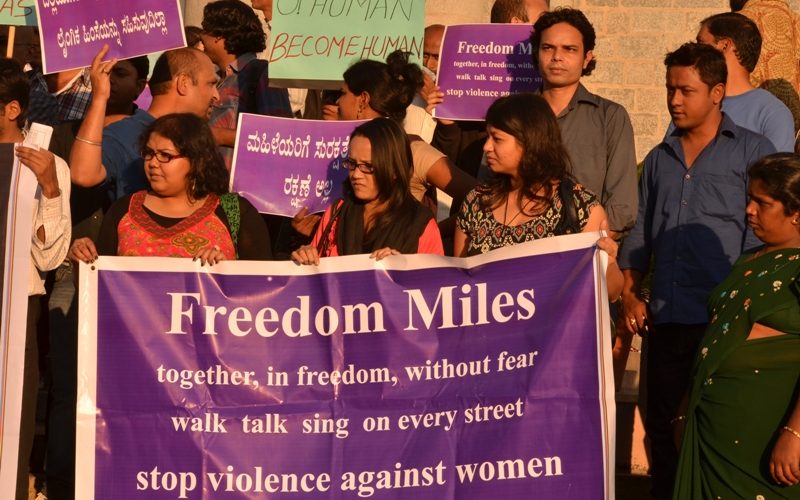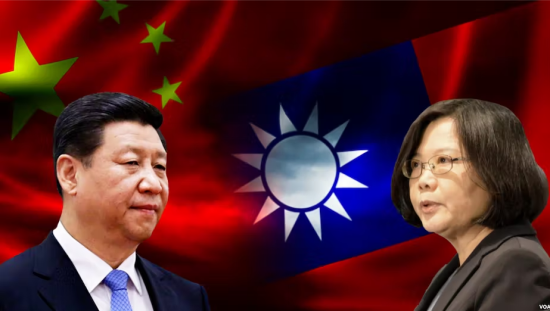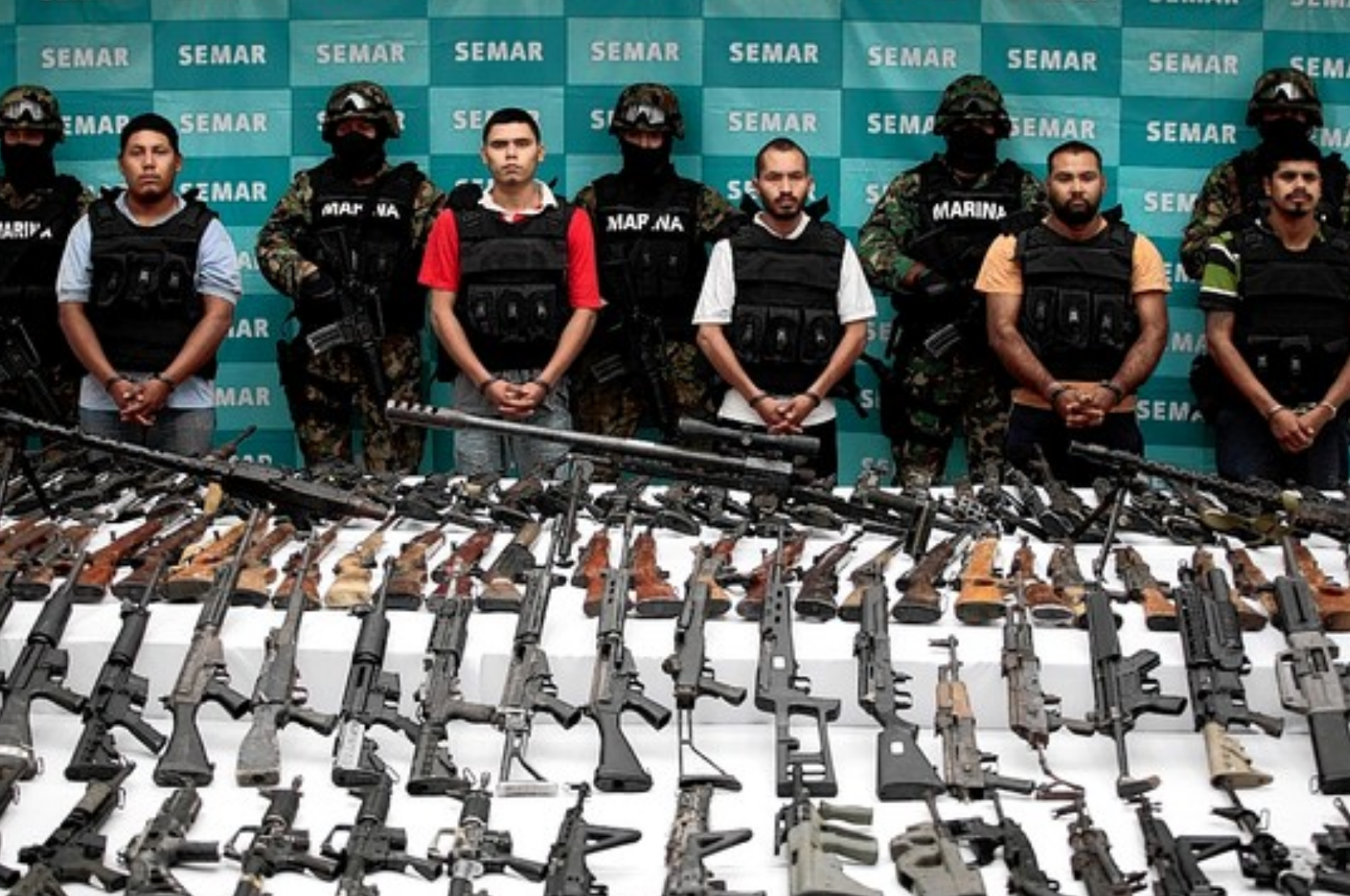Content warning: This article discusses sexual assault and violence against women.
After the 2012 Delhi gang rape, the world shuddered at India’s inability to swiftly prosecute the attackers. Finally, in May 2017, four out of the five perpetrators were sentenced to death.
Their punishment has yet to be carried out.
More sexual assault cases headlined the media in the years following, summoning fresh waves of outbursts and anger across India. But none of this has stopped India’s rampant incidents of sexual assault. After the 2012 Delhi gang rape, rape attacks increased by nine thousand per year in India. Even more horrifically, the number of reported rapes has surged by 792 percent over the past four decades. According to the Indian National Crime Bureau, a woman is raped every fifteen minutes, and this figure only reflects reported cases. A recent survey released by the Thompson Reuters Foundation has bumped India to first place as the most dangerous country for women, due to its lack of progress in mitigating sexual violence and curbing patriarchal practices.
Gender-based violence impairs a woman’s autonomy, security, and safety—basic rights that a government is bound to protect. Yet in India, which lacks adequate government infrastructure to handle reports of sexual assault, the number of attacks continues to escalate. The culture of silence and delay in due process prevents women from speaking up.
In the United States, the #MeToo movement has spotlighted awareness of sexual assault cases and openly challenged cultural and corporate practices. It has proliferated across the world, reaching Canada, the UK, Sweden, Japan, and South Korea, allowing survivors to speak up and even leading to politicians being jailed or forced to resign. But in India? A famous playback singer spoke out against her peer for sexual misconduct. She hasn’t received a job offer since. Last April, the media spotlighted a defamation lawsuit filed against journalist Priya Ramani by a government minister instead of highlighting the harassment allegations she and her colleagues brought against him.[7] Another high profile #MeToo case involved an Indian Supreme Court officer accusing Chief Justice Ranjan Gogoi of sexual harassment. Despite an initial buzz, Chief Justice Gogoi was immediately exonerated and everything went back to “normal.”
Confused by India’s stubbornness to change, journalist Madhumita Pandey interviewed 100 convicted rapists to determine the link between them. Their responses to her inquiries included justifying their actions, dismissing that they committed rape, shrugging it off, and blaming the survivor.
These people were not born monsters with different brain chemistries triggering their violent behavior.
They were not atypical or alienated by society.
They were ordinary, walking manifestations of India’s outdated yet still thriving ideologies.
Male patriarchy has long been institutionalized in India, beginning with ancient scriptures. In the Mahabharata, for example, a woman named Draupadi is treated as a prize over a game of chess. The winner, a man named Duryodhana, drags her to court by her hair to show all the court officials that she is now his slave. In other famous legends like “Ramayanam,” “Meerabai,” and “Shiva and Parvati,” women are consistently objectified. By integrating these texts as part of India’s culture, including honoring them as religious texts and sharing them to children as a form of “bedtime stories,” inferiority towards women has become inadvertently embedded into our norms and practices.
Across generations, many in India view women as weak and built only for childbearing and homemaking. Confined to these stereotypes, many women become financially dependent on their male counterparts and believe that it’s not their role to stand up and speak up for themselves. Men are thus misled into perceiving they are justified in being authoritative and aggressive. Perpetrators feast on this confidence that women are silently discouraged from challenging them, and maintain their power. The most recent UNICEF India Report, published in 2017, emphasizes that 47 percent of girls and boys between the ages of fifteen and nineteen believe that sexual violence is justifiable and excusable.
Another crippling obstacle barring women from reporting sexual assaults is the current structure of governmental response. There’s hardly anyone to report to. India has only about 1.6 million police officers for its population of 1.2 billion people. Emerging economies have more than twice India’s ratio of police officers to the population. Police officers are ineffective, sometimes even contributing to the oppression of victims. There was a case of a thirty-year-old Indian woman who looked out of her apartment window to see her rapist and the police chuckling after she had filed a rape complaint. Only after she implored her well-connected brother did the police launch an investigation. Women have lost faith and trust in the police, believing that reporting won’t help, as the police cannot—and do not—take action.
And even if, by some miracle, a police investigation pulls through and a case is opened, a single case usually takes a minimum of six to eight years to be completed. For every one million people, there are only fifteen judges. In China and the US, there are 159 and 98 judges per million people, respectively.
When women do not report, they endure compounded and untreated physical and mental consequences. They blame themselves for the crime and develop fears, phobias, physiological reactions, and dissociation. The significant and chronic effects of sexual assault stymie women from creating healthy relationships in the future. Most seriously, the lack of instrumental support in speaking up feeds into the toxic cycle of gender-based violence.
The government has laid out innumerable promises to reform.
However, has the Indian government really increased the number of female police officers since 2012? Or improved judicial systems to accelerate case convicting? Worked with existing nonprofit organizations to raise awareness? Or even introduced school curriculums to distill the importance of rights and gender equality?
These promises are yet to be fulfilled.



